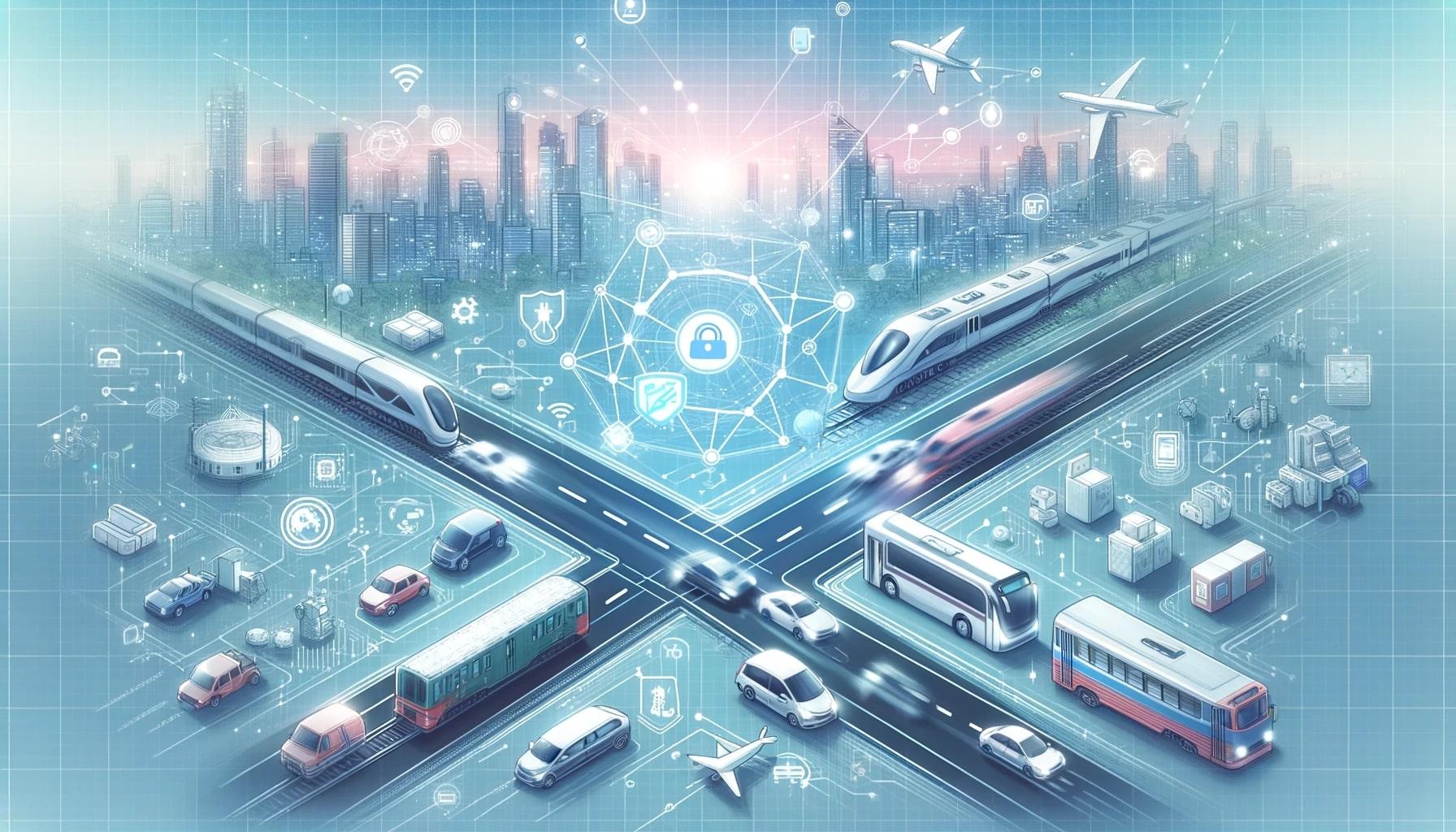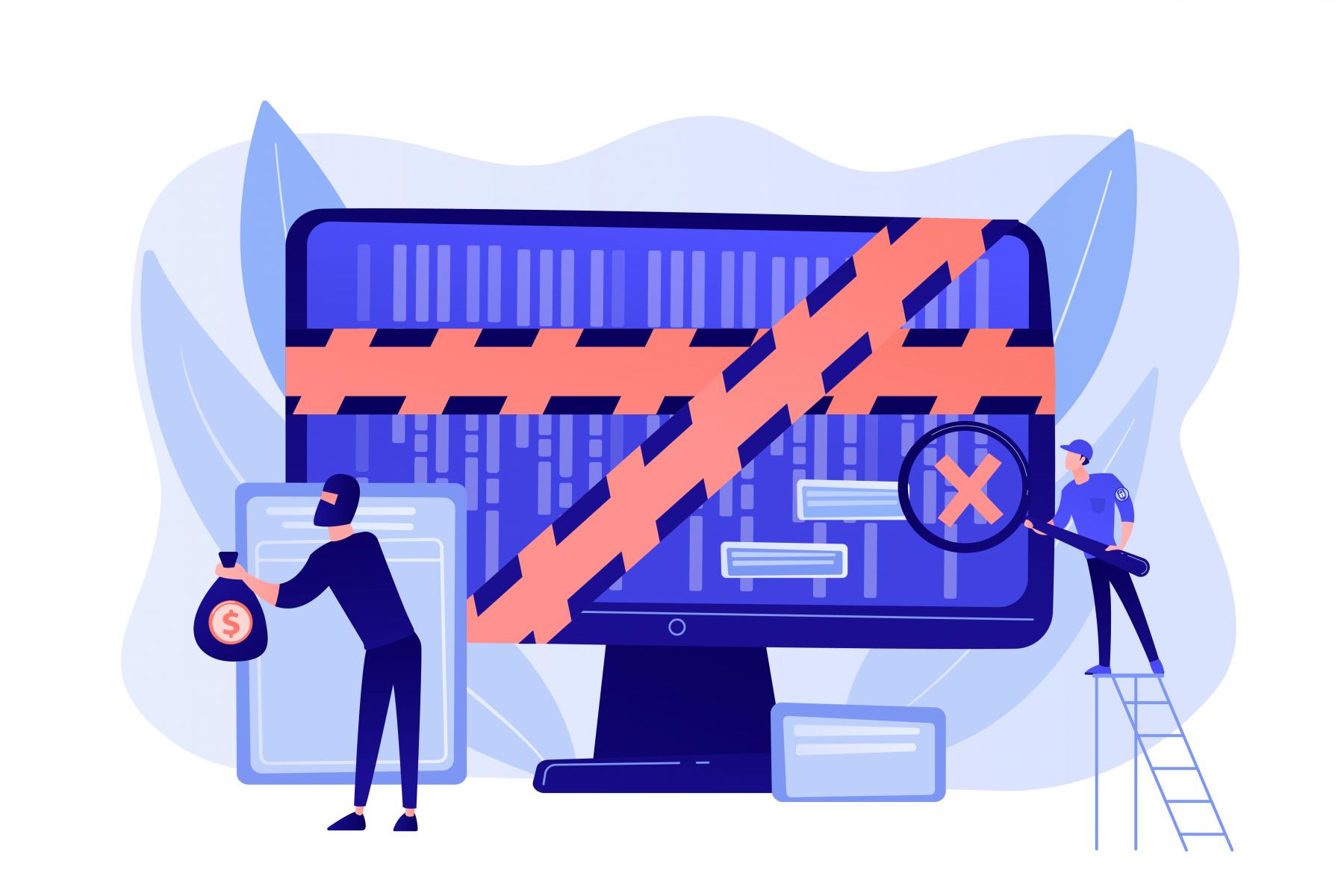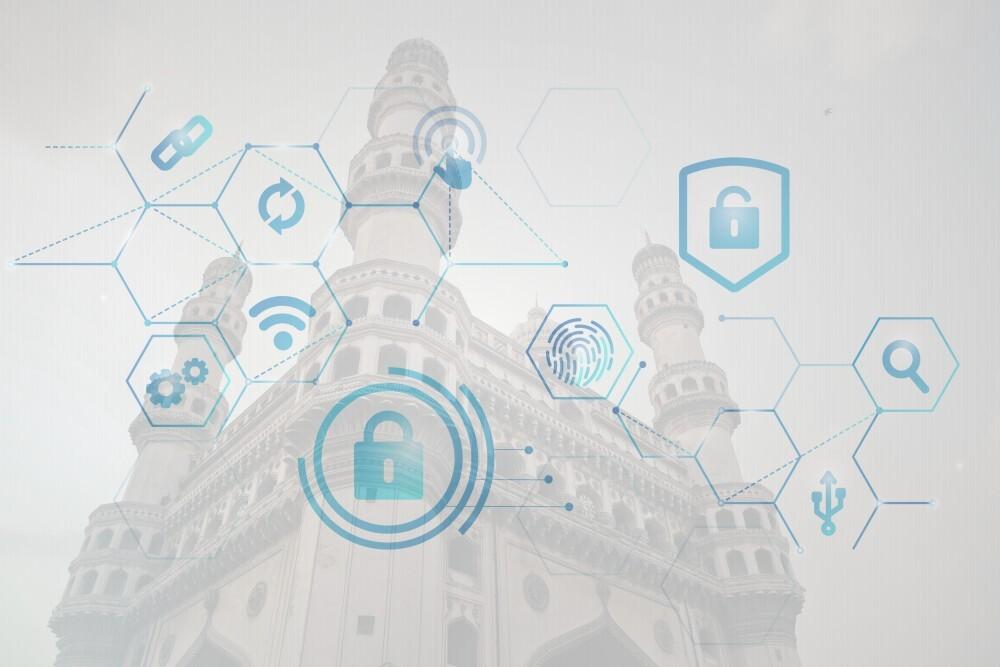
Cybersecurity in Aviation and Transportation
Aviation and transportation are the most important part of global movement and trade and are also the two most active sectors of the world. A minute error in these sectors can cause not only financial loss, but also loss of human lives. As technology is being more and more integrated in these sectors, there is a threat of cybercriminals infiltrating and harming their digital systems. This brings our attention to strengthening cybersecurity in aviation and transportation.
Aviation and transportation are continuously implementing new technologies to enhance communication, navigation and more. Their reliance on technology is increasing, as it makes operations smooth and easy. However, it also increases the risk of cyberthreats, putting them in a vulnerable position. This highlights the importance of ensuring cybersecurity in aviation and transportation.
Cyber Threat Landscape in Aviation and Transportation
The aviation and transportation sectors represent lucrative targets for cybercriminals, exposing them to a multitude of cyberthreats that test the resilience of cybersecurity in aviation and transportation. Some common forms of cyber threats that occur are:
Ransomware :
It is a form of cybercrime which involves encrypting data and threatening to publish it or block access to it completely, unless a ransom is paid. When passenger details or specific cargo information are compromised, it directly halts operations and triggers immediate panic among the general public.
Data breaches : 
Here, an unauthorised person gets access to sensitive and personal information of an organisation/individual. In 2021, Air India fell victim to a data breach that compromised the personal information of approximately 4.5 million individuals (Forbes).
 System disruptions :
System disruptions :
It means temporarily interrupting the operations, generally till the desired goal is achieved. In the context of aviation and transportation, this can cause flight delays, mismanagement of luggage or cargo, financial loss and loss of human lives.
Given the gravity of these cyber-threats, it becomes essential to strengthen cybersecurity in aviation and transportation. The following are the consequences of these cyberattacks :-
Operational Disruptions :
These cyberattacks can have some serious immediate consequences, but they can also have a long-lasting effect. If the disruption is prolonged, it can have a domino effect on the operations and it may also take sometime to restore back to normalcy.
Safety Concerns :
Trains, planes, and ships rely on radio channels for navigation and operational updates. A cyberattack disrupting this communication can lead to significant financial setbacks and, more critically, jeopardise the safety of passengers, potentially causing injuries or fatalities.
Financial Losses: 
Cyberattacks targeting cybersecurity in aviation and transportation can have profound financial consequences. These stem from ransom demands, passenger refunds, compensation for misplaced items, operational delays, and more.
Vulnerabilities and Attack Vectors
The aviation and transportation sectors have some vulnerabilities to it which can be exploited by cybercriminals. Some examples are :-
Outdated software : 
Some of the systems used in these sectors have been invented before the introduction of advanced technologies and hence it becomes easier to infiltrate them.
Interconnected networks : 
The extensive interconnection within these networks means that a single breach can disrupt the entire process, causing a system-wide failure.
Remote access points :
The security perimeter of the aviation and transportation sector has increased but without multi-factor authorisation these access points can be easily breached.
Understanding the common attack vectors is of great importance for any organisation or government. Some common attack vectors are :-
Social engineering : The act of manipulating individuals psychologically to perform malicious actions.
Malware injection : Malware, short for malicious software, is a software type designed by cybercriminals to hijack or damage computer systems.
Supply chain attacks : Targeting vulnerable parts of the supply chain to disrupt product delivery.
The strengthening of cybersecurity in aviation and transportation can help in tackling these challenges and ensuring security.
Impact on Safety and Operations
The cyber incidents in aviation and transportation have a large impact on safety. Some examples are :-
Flight control systems : An interference in flight control systems can affect the communication or even give control to an unauthorised person which can be dangerous on multiple levels.
Navigation systems : The GPS systems, if tampered can mislead the pilots/captains/drivers and result in collisions or other dangerous accidents.
Communication networks : An interference in communication networks, can break the communication between the pilot and the navigation team resulting in harmful consequences.
Regulations and Standards
In the aviation and transportation sector, a critical pillar of the global economy, stringent guidelines and regulations ensure its integrity and safety. Key standards set by esteemed bodies such as the Directorate General of Civil Aviation (DGCA) and the Bureau of Civil Aviation Security (BCAS) underscore the importance of cybersecurity in aviation and transportation.
Directorate General of Civil Aviation (DGCA) : DGCA is responsible for regulation of air transport services to/from/within India and for enforcement of civil air regulations, air safety, and airworthiness standards.
Bureau of Civil Aviation Security (BCAS) : The main responsibilities of BCAS include laying down standards and measures with respect to security of civil flights at international and domestic airports in India.
Challenges in Ensuring Cybersecurity in Aviation and Transportation
Ensuring robust cybersecurity in aviation and transportation sectors presents a multifaceted challenge, given their vast scale and numerous operational facets. One significant hurdle stems from the presence of legacy systems, which were designed without considering contemporary cyber-threats. These outdated systems, still in use, lack the built-in defences required to counter modern cyberattacks, creating vulnerabilities that cybercriminals can exploit. Managing third-party vendors is also a challenge as ensuring that each vendor adheres to uniform cybersecurity measures is an intricate task. Often, a cybercriminal can compromise a single vendor’s system, subsequently using that foothold to infiltrate a larger organisation engaged in business with that vendor. All these are few of the challenges that arise while implementing cybersecurity in aviation and transportation.
Conclusion: Safeguarding India’s Digital Future
Aviation and transportation are an essential part of world trade and movement, a cyberthreat can heavily impact their operations leading to severe consequences. A single cyberattack has the potential to disrupt their intricate operations, setting in motion a cascade of severe consequences. As they implement new technologies in their systems, cybersecurity in aviation and transportation becomes a key area of focus.
To navigate this complex landscape safely, organisations within these sectors must rigorously adhere to the guidelines and regulations prescribed by governing bodies. These regulations are not just safeguards for passengers and cargo but also critical foundations for ensuring operational continuity. As technology advances at an unrelenting pace, the significance of cybersecurity in aviation and transportation magnifies, accompanied by the emergence of novel cyber-threats. In this dynamic digital era, safeguarding these critical industries is not merely a matter of compliance but an imperative for resilience and secure global mobility.





